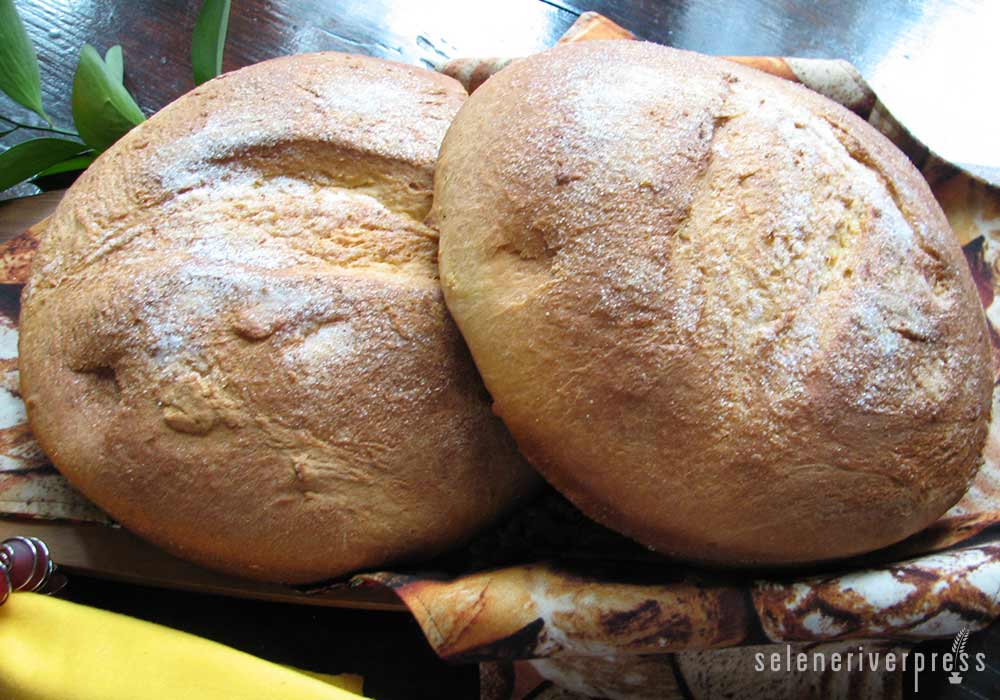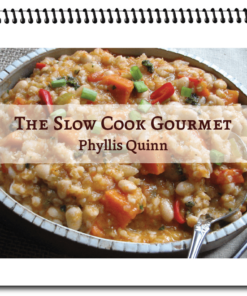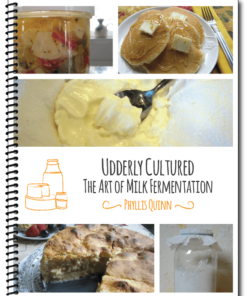Ask Chef Phyllis:
Back in the day, before the supermarket took over every mom-and-pop shop, our town, Assonet (just a few miles from Fall River) had a real bake shop. They sold filozes on Sunday morning and cookies at Christmastime, but what I remember most of all was the Portuguese sweet bread I could get not just at Easter but year-round. Fall River is still a big Portuguese community, so today our huge supermarket tries to please its customers by selling malasadas, our traditional bread. But their sweet bread is doughy, way too sweet, and contains corn syrup solids and loads of other ingredients that I don’t recognize. And it has no taste! Can you help with a more authentic—and healthier—recipe?
—Elizabeth Ariguera-Taylor, Assonet, MA
This is my favorite kind of question, so thank you, Elizabeth. The Portuguese are famous for their Christmas and Easter breads (the latter of which will sometimes have decorative Easter eggs baked into the loaf). But I know your pão doce, or malasadas, is a favorite bread for all seasons.
There was a time when authentic Portuguese sweet bread was common in New England and Hawaii, when privately owned, hometown bakeries were still part of our culture. I fondly remember three distinct ethnic bakeries from my youth in the Bronx. We frequented each of them for different reasons and different occasions at a time when such family-owned businesses thrived.
For exceptional crullers, ring donuts, crumb buns, and beesting cakes, we visited the German bakeshop. For Sunday salt sticks, bagels, and special Russian-Jewish confections, we went to the Jewish bakery. And for simple baguettes, unique cookies, and fragrant rum-infused and rosewater pastries, it was the Italian-French shop.
What great diversity I knew growing up in New York City! But that’s another post.
Unfortunately, family-owned bakeries have joined the ranks of what used to be. Now one-stop shopping (not necessarily a bad thing) provides busy shoppers with a service they need in these fast-paced times. Huge grocery chains need to mass-produce specialties like your sweet bread. They use less and less wholesome ingredients, and quality is compromised. I know this firsthand, and from your letter.
By the way, did you know that the famous celebrity chef Emeril Lagasse hails from Fall River? As a young man, he worked in a Portuguese bakeshop. Perhaps this is what ignited his love of cooking? I can’t be sure about that, but I do know he won a scholarship for music (he was a talented percussionist), and he gave it up to go to culinary school. Small decisions do change the world.
To answer your question, Elizabeth, I’ve personally tasted a lot of Portuguese sweet breads. Some were from supermarkets, and the taste was indeed flat and sugary. I did some research and found a recipe from my childhood Portuguese friend. I’ve adapted it only slightly from the original recipe to offer a healthier version. The characteristic brown crust is perfect, and the taste hits all the right bells and whistles.
Portuguese Sweet Bread
I replaced the 1¾ cups white sugar called for in the original recipe with half that amount of coconut sugar, and I used King Arthur white whole-wheat flour instead of regular white flour. My final adaptation was to add a teaspoon of vanilla for the sweetness only vanilla can bring.
Ingredients
2 packets active dry yeast
¼ cup warm water (105–115°F)
1 cup lukewarm milk
¾ cup coconut sugar
1 teaspoon salt
½ cup butter, softened until almost melted, plus 2 tablespoons melted butter for brushing
3 eggs
5½–6 cups white whole-wheat flour
1 teaspoon vanilla
Zest of 1 lemon
Zest of ½ orange
Instructions
- In a large bowl, dissolve yeast in warm water until it blooms. Stir in milk, sugar, salt, butter, eggs, 3 cups flour, and vanilla.
- Beat with a dough hook until smooth. It will be sticky.
- Stir in enough remaining flour to make a dough that’s not sticky and easy enough to handle. Knead for about 5 minutes on a floured bench or countertop.
- Place in a greased bowl with the greased side of dough up. Cover and let rise until doubled, 1½–2 hours.
- Punch down dough and divide in half. Shape each half and place in a 9×1½-inch buttered pan.
- Cover and let rise for 1 hour. The dough will fill the pan. Cut a slit in each loaf if desired.
- Heat oven to 350°F. Brush loaves with melted butter (about 1 tablespoon for each loaf). Add lemon zest and orange zest on top of loaf, where the slit is.
- Bake 35–40 minutes or until golden brown. The butter will give it a beautiful crust. Cool loaves cool before slicing. Serve with soft butter and fresh berry jam
Chef’s note: This sweet bread will easily take the place of dinner rolls on your next buffet table. It pairs well with savories, cheeses, and fresh fruits. In my opinion, it will be the star of your next afternoon tea with the ladies. How delightful!
Image from Phyllis Quinn.





